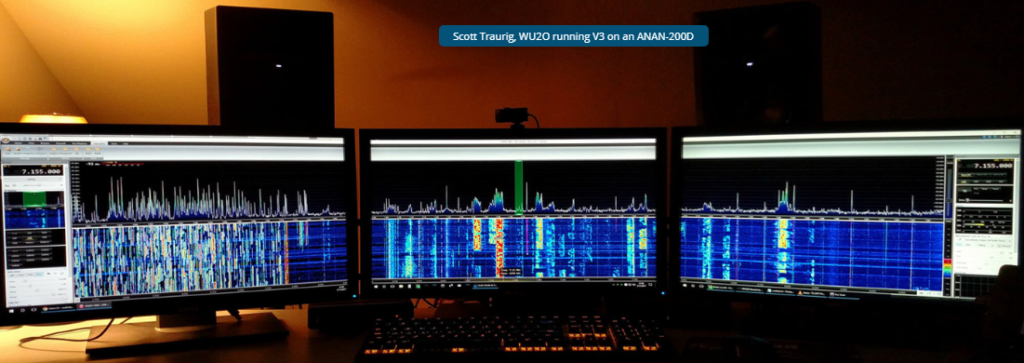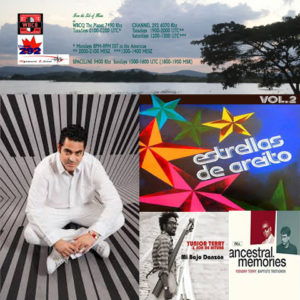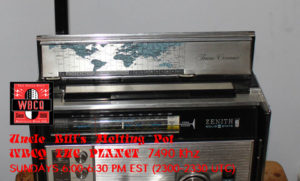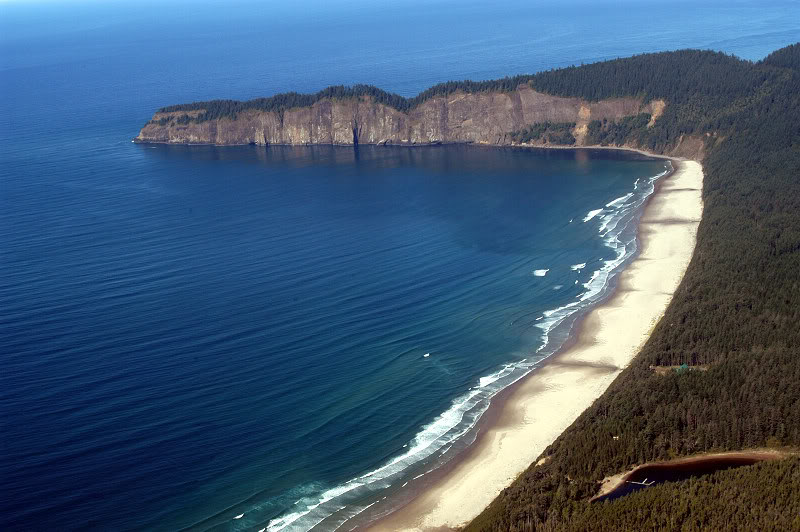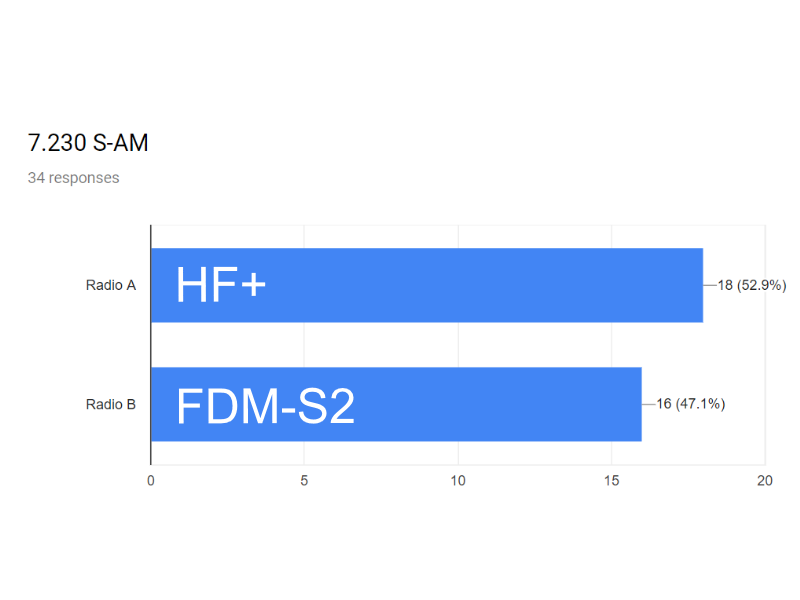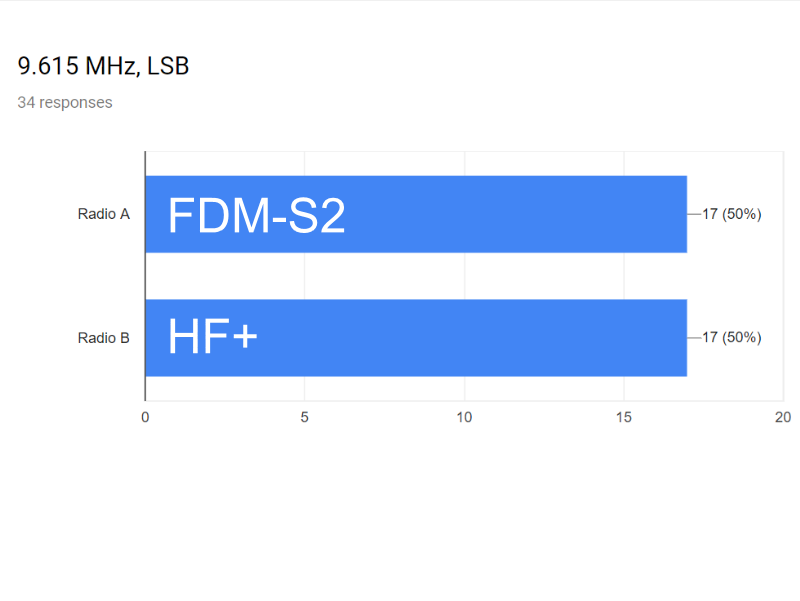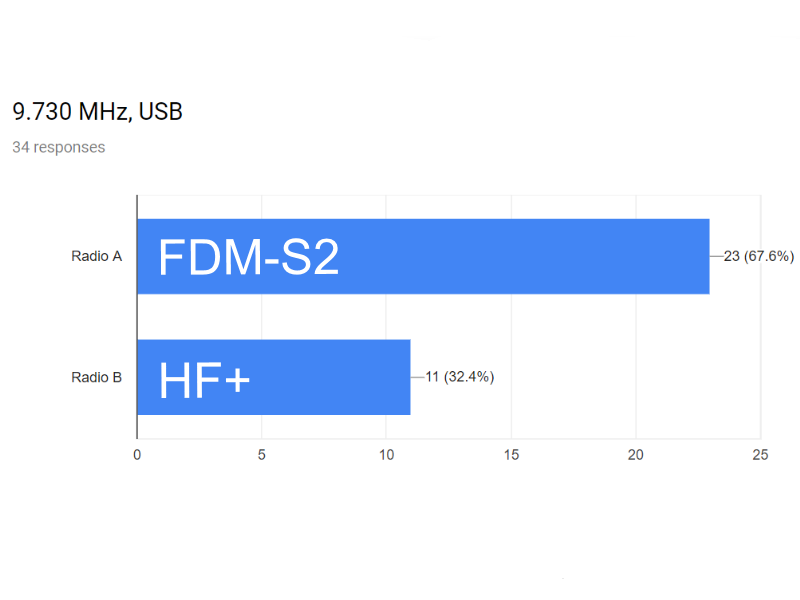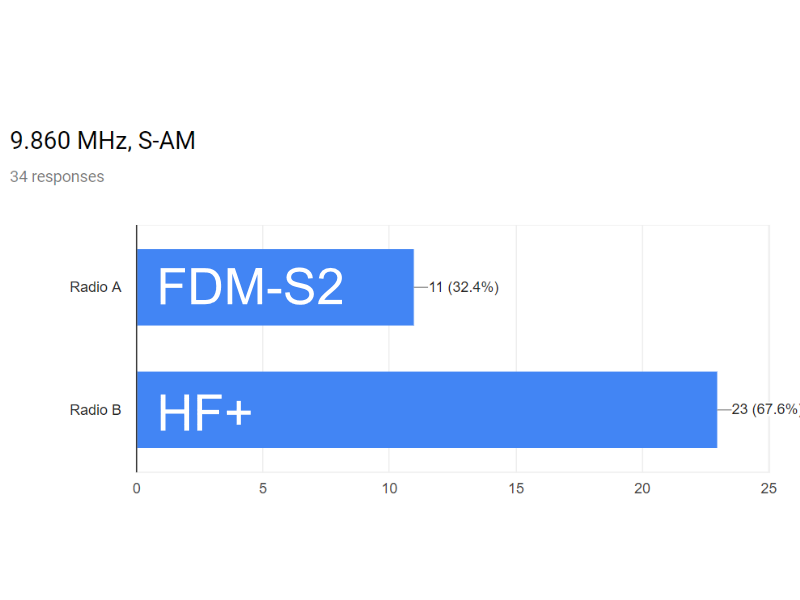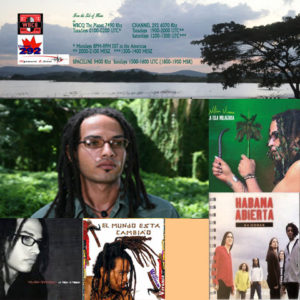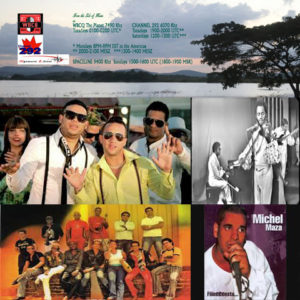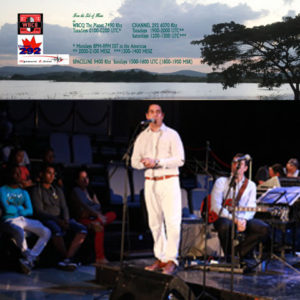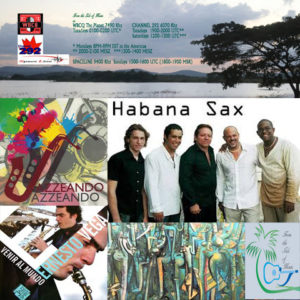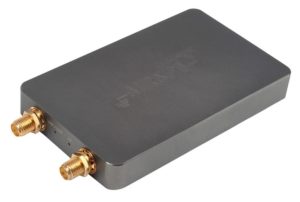Simon Brown, G4ELI’s widely used, free SDR-Console V3 was upgraded from “Preview” to “Beta 1” level today. Many SDR enthusiasts have waited for this next step; even in Preview form, Version 3 has performed nearly as well as a production release in many ways.
I have briefly used SDR-Console (V2 and V3) off and on for a few years, but it wasn’t until acquiring AirSpy HF+ receivers that I took a serious plunge into V3. Now that I’ve gone through its modest learning curve, I like this SDR software quite a bit!
There are many things I enjoy about SDR-Console, not the least is the power and ease of use of the Recording Scheduler, a feature that’s important to medium wave DXers. I’m sure others who like to set up unattended WAV I/Q recordings for later review benefit from this also.
I’ve not found a list of improvements between Preview and Beta 1, but I suspect Simon has made the upgrade because the Preview has shown itself to be quite stable already. He did publish a list of a few known bugs:
- External Radio using IF output does not work.
- Remote Server using the SDR-IQ has stutter.
- Kits are not signed – a code signing certificate has been purchased from Comodo but is not yet available.
Simon indicates that these bugs will be worked on in the next few weeks.
If you use and benefit from SDR-Console software, please considering support the development efforts through a PayPal donation. Links to download the newest Beta 1 version, and/or to donate, can be found here: http://www.sdr-radio.com/Downloads
Here are a couple YouTube videos which show SDR-Console V3 (Preview build) in action:
Guy Atkins is a Sr. Graphic Designer for T-Mobile and lives near Seattle, Washington. He’s a regular contributor to the SWLing Post.

